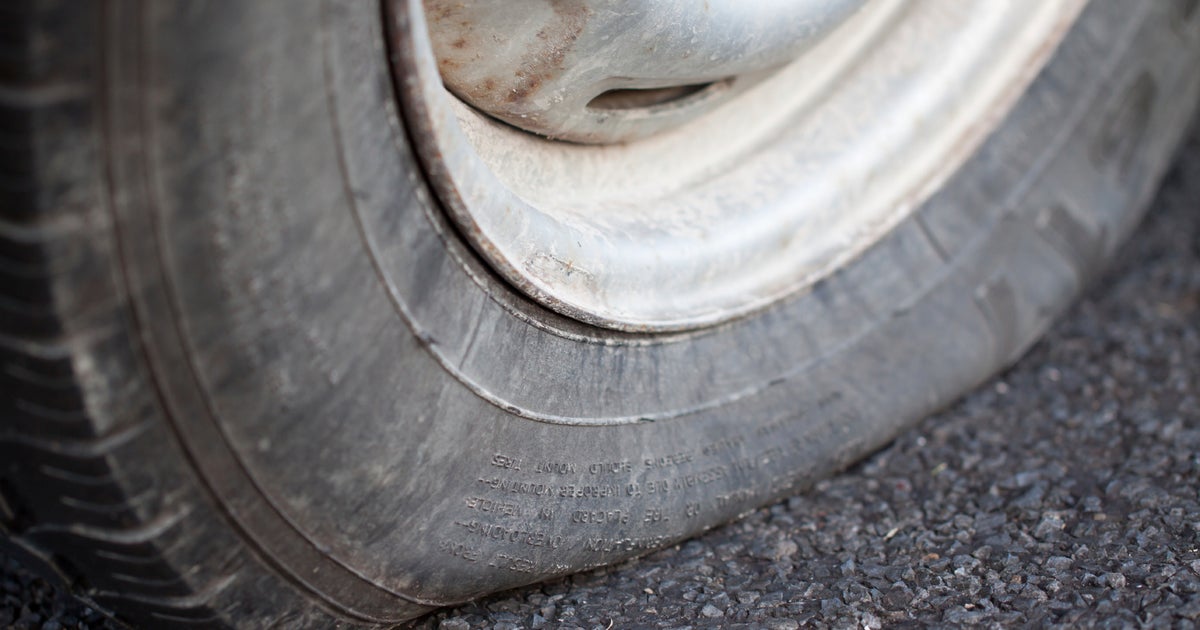Editor’s Note: This blog has been updated in 2021 to reflect current industry standards.
In older cars, every model came with a spare tire that matched the tires already on the vehicle. Over the years, car manufacturers have realized the spare tire is used so infrequently, it does not make much sense to equip every car with a full-sized spare. For this reason, manufacturers began leaving a space-saver spare (otherwise known as a donut) in place of a full-size spare.
Nowadays, spare tires should never be a permanent replacement, begging the question, how long can you really drive on a spare tire? The type of spare tire in your vehicle makes a difference in how long and how far you can drive before fixing your tire or buying a new tire.
These narrow, compact spares are designed to save space and weight in the vehicle, allowing the manufacturers to build a smaller car. However, the tire itself is not built to last. Your owner’s manual will give recommendations for driving time and speed. A general rule of thumb is to drive no farther than 70 miles and no faster than 50 miles per hour before replacing your donut with a new tire.
The biggest reason why you should avoid prolonged use of space-saver or donut tires is that they have little to no tread, making the spare vulnerable to road hazards and projectiles. It is also much smaller than the other 3 tires, making it spin faster to keep up with the moving car.
Run-flat tires are becoming more common as manufacturers realize they cost less to maintain than traditional tires. If you drive a recent model BMW or a MINI, your car likely came with run-flat tires. These tires are tougher than most tires but are not designed to last forever, such as a full-spare tire.
Rather than including a spare tire, these run-flat tires are built to withstand most road hazards, including punctures.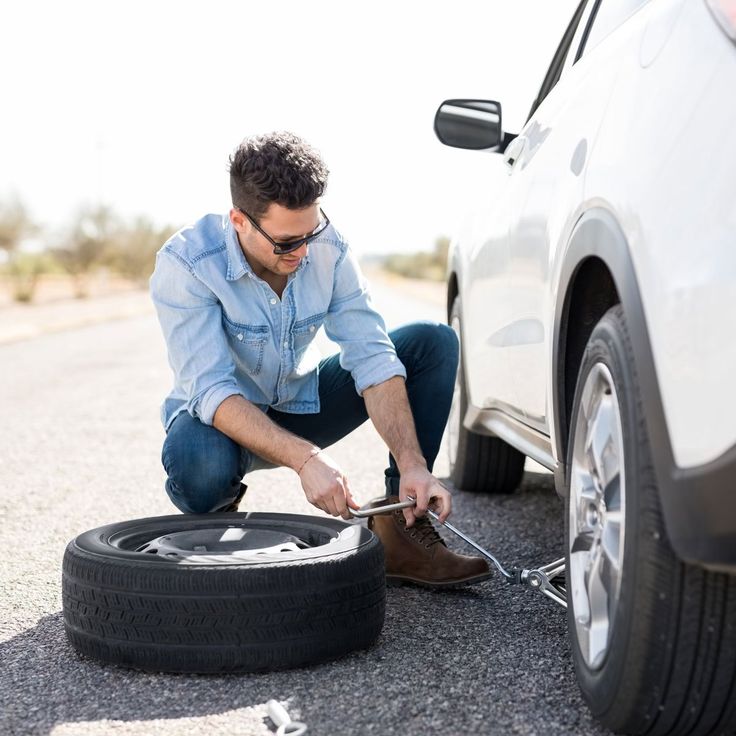 Rather than going flat or blowing out (as traditional tires do), a run-flat tire can continue to drive after punctured for about 50 miles before needing to be replaced
. However, these tires cost more to replace than traditional tires.
Rather than going flat or blowing out (as traditional tires do), a run-flat tire can continue to drive after punctured for about 50 miles before needing to be replaced
. However, these tires cost more to replace than traditional tires.
While you have a bit more room to travel on these types of tires, it is important to inspect your tire as soon as you are aware of any change in tire pressure. This gives you an idea of how long you have until you have no choice but to have your tire replaced.
How Long Can You Drive on a Full-Size Spare Tire?
For years, cars were built with spare tire wells capable of carrying a full-size spare. On many older cars (and a few newer models), this is still the case. If you bought a truck, SUV, or another large vehicle, your car probably is equipped with a full-size spare. While a full-size spare is heavier and requires a larger space for storage, these tires are more durable and can handle a drive similar to a regular tire.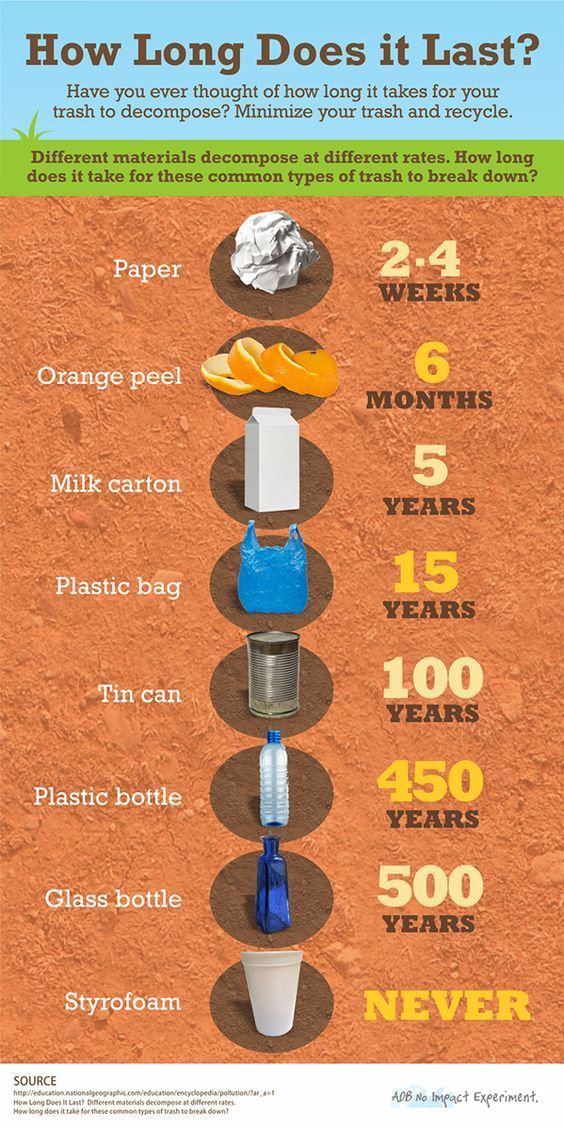
Once you have taken your vehicle to an auto repair shop and learned that the punctured tire is irreparable, you can request the spare tire to be put on the original rim. It is important to note that a full-size spare tire is usually not produced by the same manufacturer as the rest of the tires on your vehicle, meaning it will handle differently than the other tires. We suggest buying a new tire as soon as you can afford to, but this can easily buy you some time.
Christian Brothers Automotive was born out of the idea of not just being an auto repair shop, but also a neighbor. Our mission is simple: to take root in the local communities we serve and to create an uncommonly great experience for customers in need of auto service and repair. To have your tires inspected or to replace a spare tire, please do not hesitate to call or visit your local Christian Brothers Automotive shop. We have 240 plus locations nationwide that are locally owned and operated, providing complete auto care and repair solutions near you.
The tires on your car or truck are designed to tackle miles of pavement, gravel, dirt, and all sorts of weather conditions. But every so often, you’re going to run over an object that could cause a flat tire. When that happens and you install your spare, how long can you drive and still make it safely to the tire shop? We have some answers to help you save money and stay safe on the road.
According to most vehicle manufacturers, a temporary spare tire (also known as a donut spare) should only be used to get from where you discovered your flat tire to the nearest tire repair shop. While there are different sizes and types of spares, we suggest you keep speeds at or below 50 miles per hour and drive no more than 50 miles on a spare tire before getting your flat fixed. Some full-size spare tires, or spare tires that are designed to match the other 4 tires on the vehicle, can be installed and used for longer distances, at normal speeds. Since these spares may not be used often, just make sure the air pressure is set to the manufacturer's specification, and the tire doesn't have any visible issues before hitting the road. If there are any concerns, proceed with caution or seek advice from a tire professional.
Since these spares may not be used often, just make sure the air pressure is set to the manufacturer's specification, and the tire doesn't have any visible issues before hitting the road. If there are any concerns, proceed with caution or seek advice from a tire professional.
Why? Because your temporary spare tire may be smaller than your everyday tires. This makes it spin faster than the rest of the wheels. Plus, the tread can be vastly different, or the tire may not be designed for long distances. Regardless, those differences can decrease your control, reduce stopping power, cause hydroplaning on wet roads, and can damage your transmission and other parts of your vehicle. See your owner’s manual or the side of your spare tire for recommended safe driving speeds and distances.
Les Schwab Tip: Whether you drive a handful of miles every day or hundreds of miles a week, it’s important to learn how to change a tire. It’s easy and can save you from paying and/or waiting for roadside assistance.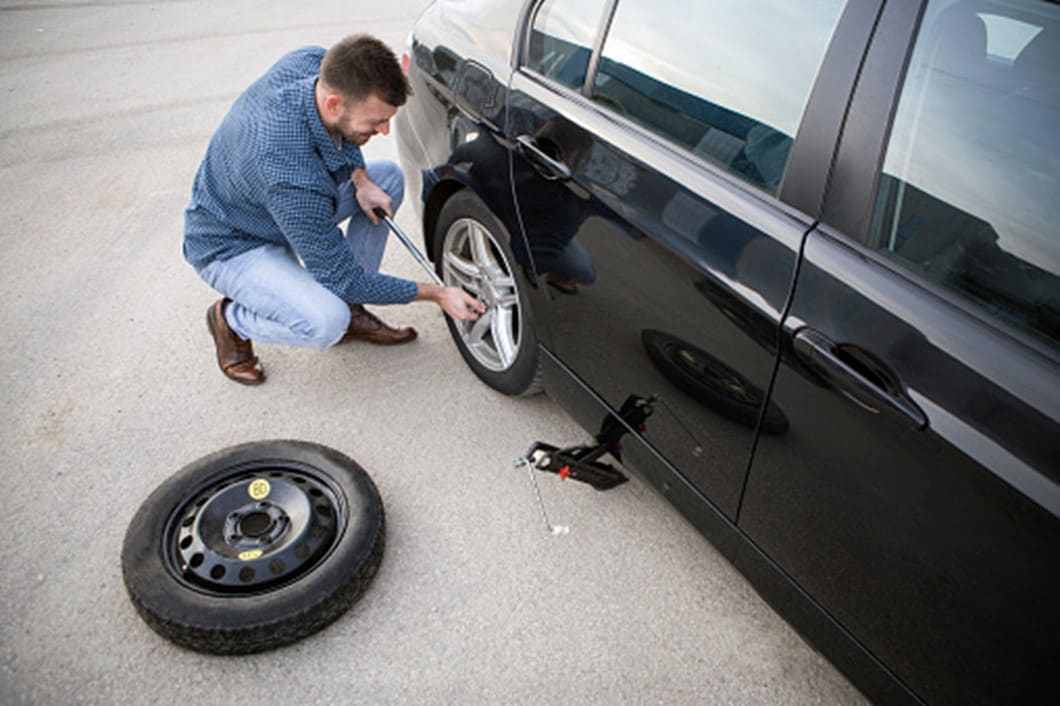
Also known as a donut spare, the space-saver spare tire was designed to save space in smaller vehicles. If you drive a compact or smaller vehicle, you may have a space-saver spare. These tires have less traction than your regular tires, are smaller, should not be driven at speeds over 50 miles per hour, and should not be used for more than 50 miles. That’s enough to get you to your nearest Les Schwab Tires for a free flat repair when you have our tires on your vehicle.
Many vehicles, including sedans, SUVs and larger trucks have a full-size spare. As the name implies, they are the same size as the other tires on your vehicle. However, the tread on the spare may be different. If there is far more tread on the spare, you may notice decreased control and comfort while driving. And if the spare has minimized tread, you could experience hydroplaning on wet roads or reduced stopping distance. Either way, it’s a good idea to get to Les Schwab when you have a flat. That way you can reduce your time driving on a spare.
That way you can reduce your time driving on a spare.
Expandable/inflatable spare tires are available in some vehicles, including Porsche, Audi, Volkswagen, Mercedes, and Ferrari models. These spares come with a non-inflated tire mounted to the rim and an air compressor. Once you inflate and install the spare, it’s ready to get you to the nearest Les Schwab.
You may wonder if you even need a spare tire at all. The answer is maybe. Run-flat tires are designed to withstand punctures and remain mostly inflated. However, if you do begin to lose tire pressure, these tires need to be inspected and repaired quickly to avoid a full replacement.
The distances between tire service can be long. Spare tires, as well as run-flat tires need attention, just like your regular tires. Not sure what kind of spare you have or if it’s even properly inflated? Schedule a Les Schwab free pre-trip safety check.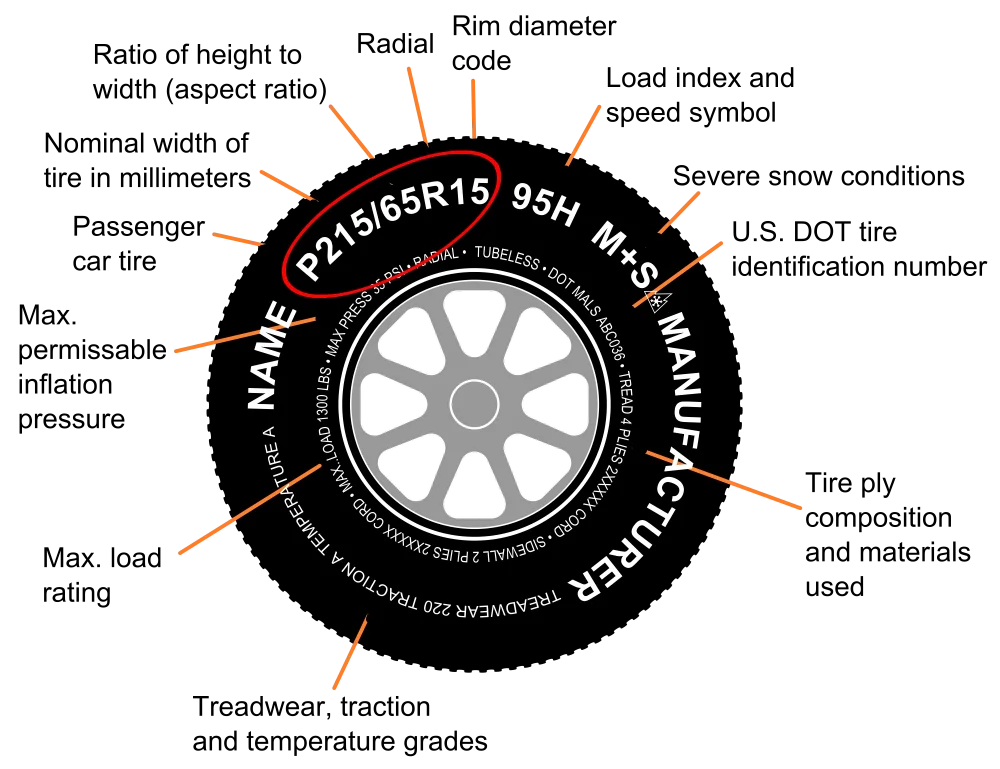 We’ll give everything a visual inspection and show you what to do the next time you get a flat.
We’ll give everything a visual inspection and show you what to do the next time you get a flat.
Spare tires are useful insurance, but most are not designed to replace a flat tire indefinitely.
Not all spare wheels are created equal, and to better understand which spare tire your vehicle is equipped with, please refer to your vehicle owner's manual. Temporary spare tires generally do not have the life expectancy that regular tires do. Unlike a normal car tyre, spare tires can only have one polyester ply in the sidewall and two steel belts with a ply of polyester in the tread, meaning they can't provide half the performance and safety that an average tire can provide.
In this article we will try to describe all types of spare wheels available, and tell you how long you can drive on each of them.
These little spare tires are commonly referred to as donuts or space savers.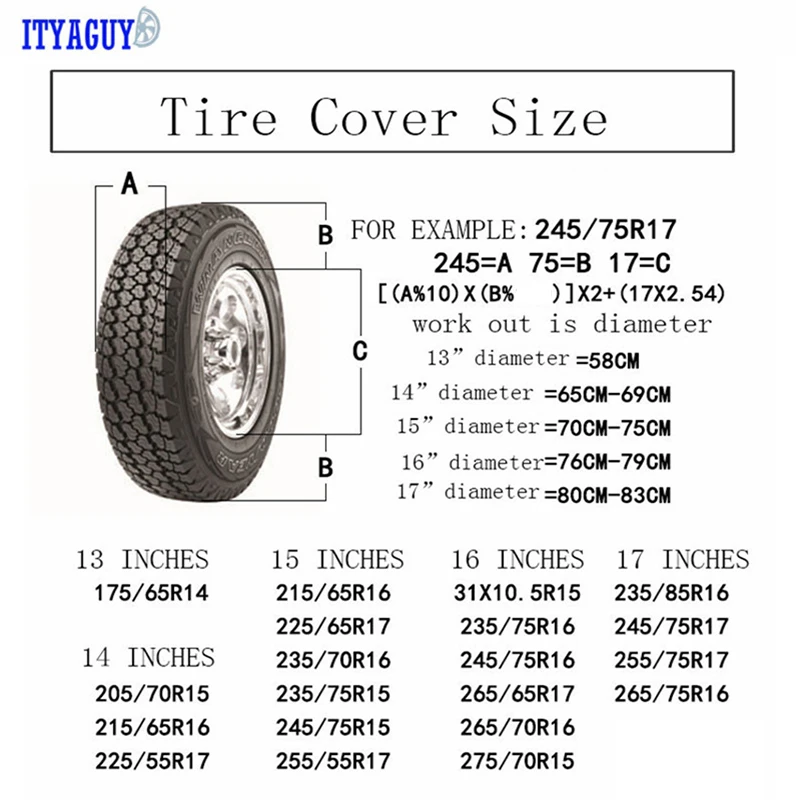 They are very popular because they are lightweight and do not take up much space in the luggage compartment of your car. Due to the low weight, even a person who is not at all predisposed to physical activity will not find it difficult to lift and install such a spare wheel. By the way, how to do it in the field, without the help of specialists, read here.
They are very popular because they are lightweight and do not take up much space in the luggage compartment of your car. Due to the low weight, even a person who is not at all predisposed to physical activity will not find it difficult to lift and install such a spare wheel. By the way, how to do it in the field, without the help of specialists, read here.
However, because the donuts are smaller and lighter, they lack two key features of conventional tires: strength and stability. Most of these spare tires have a speed limit of up to 90 km/h. With such a spare tire, you can expect to cover a distance of 80 km, some of them can cover up to 110 km. This should be enough to find the nearest tire shop and fix the damaged tire, or find a shop where you can buy a brand new tire if the previous one is no longer repairable.
From the above, we can conclude that the donut spare wheel is not recommended for long trips or pulling with its replacement with a normal, standard wheel.
Some car manufacturers fit their vehicles with full size spare tires. They are, of course, heavier than space savers and take up much more space in the trunk, but they are more durable and durable. They are able to last you much longer than donuts. However, these tires may have a different tread pattern or rubber compound than a conventional tire. This can affect overall handling and safety on the road.
Although these tires are more durable, they are primarily designed to get you to your destination before you deal with the tire problem. In addition, do not forget that the place for the spare wheel in the car is empty, and it should be filled as soon as possible before another tire is punctured.
If you do not have a spare tire in your vehicle, then your vehicle may be equipped with run-flat tires. BMW and MINI typically install these tires during production. This type of tire is tougher than other tires and can withstand a puncture and keep going.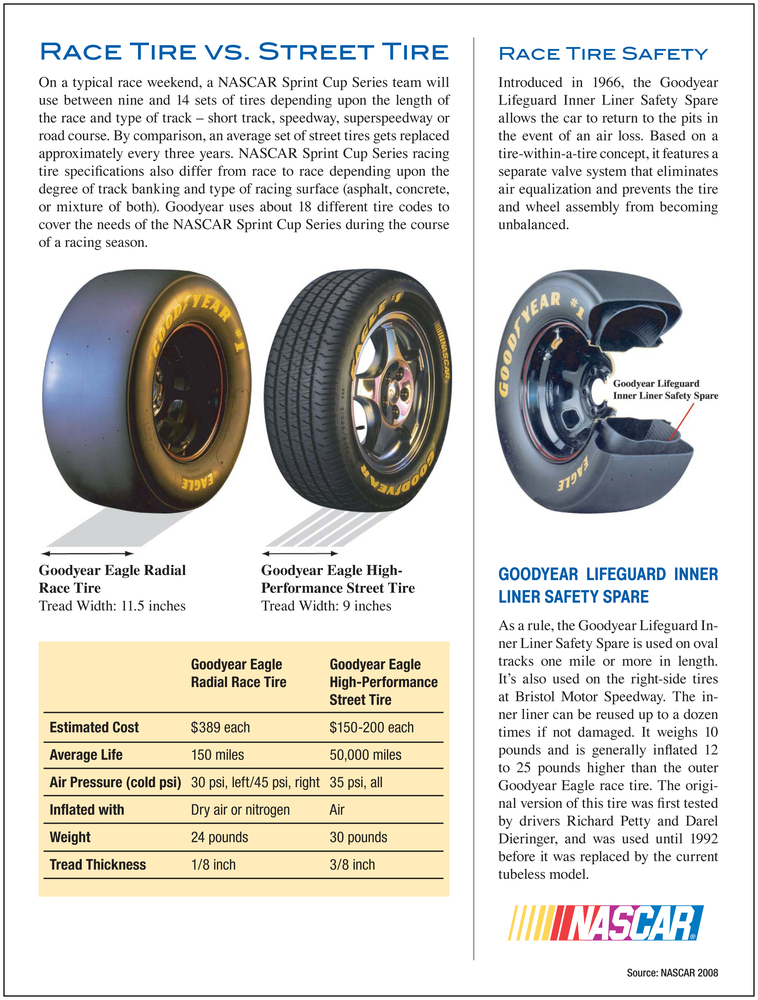 However, they are also not designed to be ridden forever.
However, they are also not designed to be ridden forever.
Most run-flat tires recommend replacing as soon as you notice a puncture. As a rule, they are designed for a distance of up to 100 km in a punctured state, then they must be replaced. Compared to regular tyres, running-flat replacements are not cheap. Some craftsmen can patch run-flat tires, but manufacturers do not recommend going down this path.
One of the advantages of these tires is that you can get to the nearest car wheel shop at speeds up to 80 km/h, i.e. almost like a breeze.
Every motorist should remember that any type of spare tire is only there to keep you moving forward and replace a punctured tire as quickly as possible. The spares are a temporary replacement, and s, while full-size spare tires may look exactly like the rest of your car, they don't have the same performance as s and can get you in trouble on the road.
Remember, your car's tires are the only thing that keeps you and your passengers on the road, so you should never speculate on your own safety or the safety of those around you.
Photo wired.com
In order for the spare wheel not to fail at the most unnecessary moment, it needs regular maintenance. Moreover - periodically change! Few people do this, if they do it at all, and the average time a car stays in a family is almost seven years. Even if the wheel is visually new, it may not be usable. And it's deadly unusable!
Eduard Raskin
According to GOST 4754 of 1997, the warranty period for car tires is five years. It is worth paying attention that it does not begin to act from the moment of purchase or installation on the car, but from the moment the rubber is released. Two years in the store lay - only 36 months left, and then - "at the discretion of the car owner.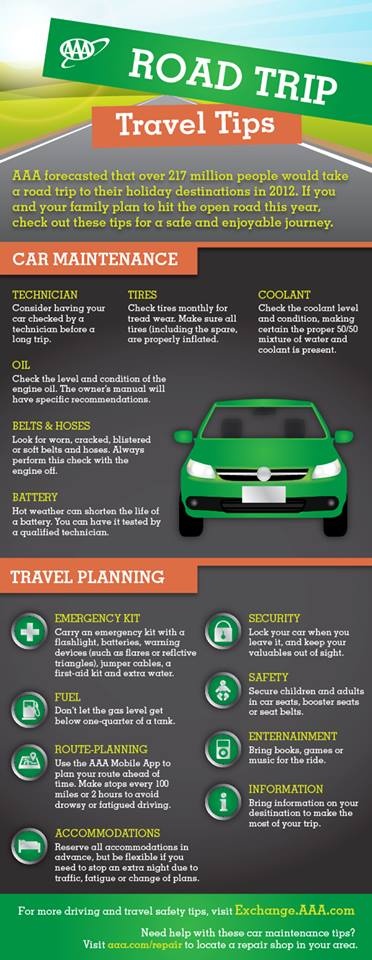 " In order to avoid, as in the saying about the miser who pays twice, before buying a new rubber, you should check the date of manufacture of each tire. This information is on the outer sidewall.
" In order to avoid, as in the saying about the miser who pays twice, before buying a new rubber, you should check the date of manufacture of each tire. This information is on the outer sidewall.
The spare wheel can be stored in a special niche in the trunk, can be fixed under the bottom or mounted on the fifth door. The first option is the most favorable: dirt, salt and reagents do not get on the rubber. But the key factor is that the tire is reliably hidden from the sun's rays, under the influence of which sulfur “fades” from the rubber, the substance responsible for molecular interaction. As a result, the appearance of cracks and the subsequent explosion of the wheel under load.
Photo thecarexpert.co.uk
The best option is to regularly put the fifth wheel into action, rotate the tires. That is, put it on one of the axles of the car, periodically resting each tire. This approach increases the life of the wheels for a season or 20,000 km. It is a pity that few people find the strength to do this.
To slow down the aging of an infrequently used wheel, experts recommend periodically turning the spare tire over, changing the contact points of the tire with the surface, and checking the air pressure twice a year. If the wheel is located under the bottom of the car, then washing with removal several times a year is added to the mandatory procedures to remove seasonal dirt and reagents, as well as to change the points of contact with the basket more often. Gravity and thin rods on which the spare tire rests lead to a rapid deformation of the rubber.
Separately, it is worth mentioning the spare wheel, which is installed on the fifth door or "gate": firstly, you should not drive without a protective cap. The sun will ruin the tire faster than reagents and asphalt. Secondly, you should periodically remove and wash the wheel, checking the pressure. But protective equipment, a variety of "ink" and silicone, according to manufacturers, will not bring any positive effect. Is that decorative, to the delight of the owner.